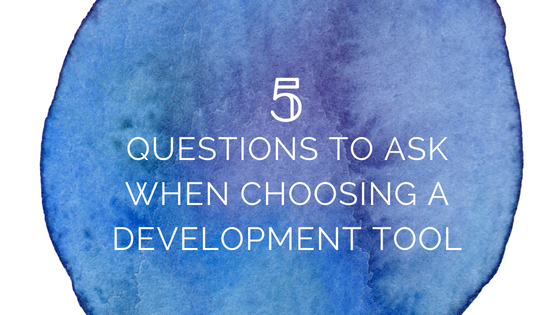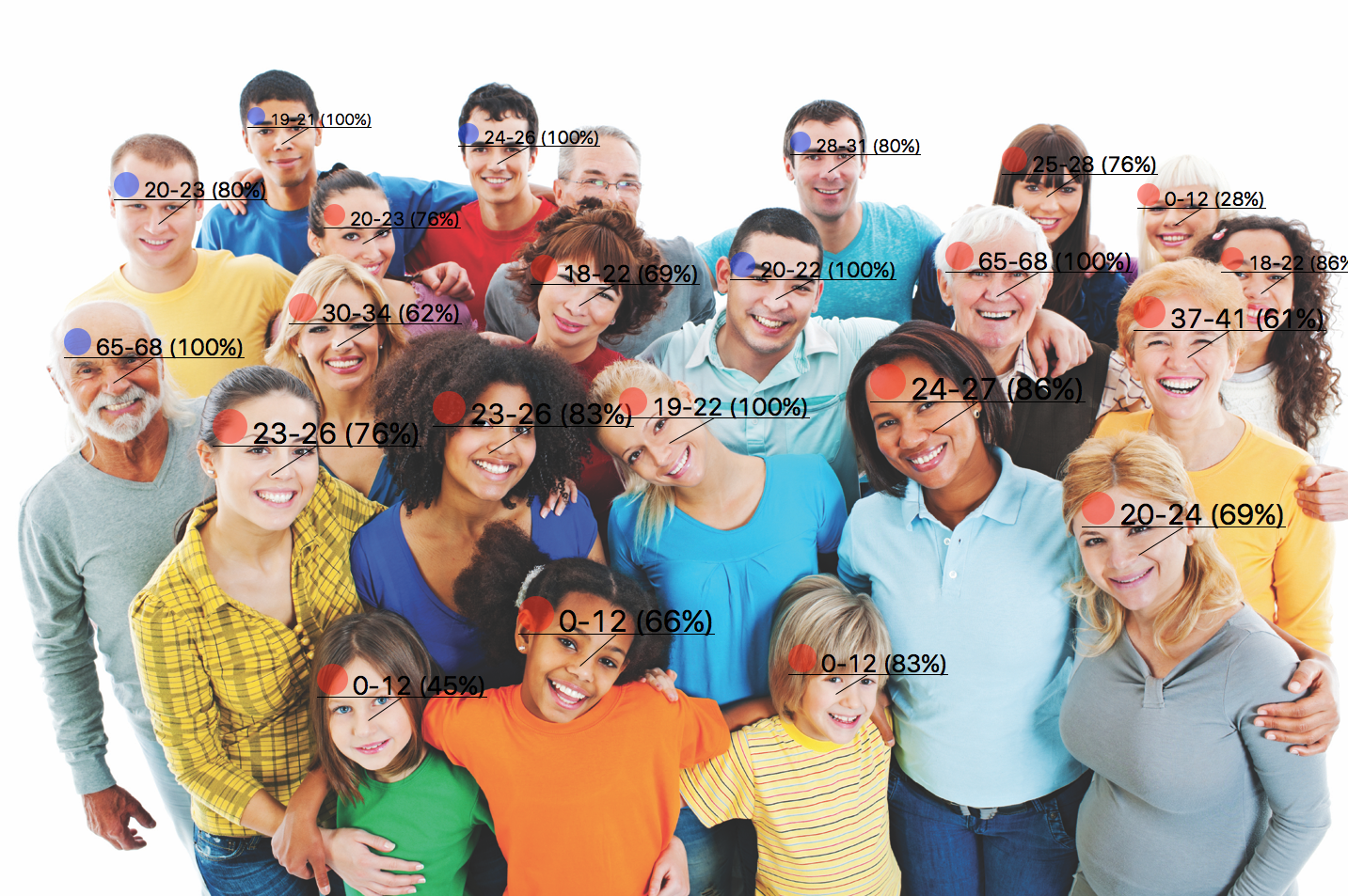If you spend enough time trying to predict the future, you learn that the more variables there are, the more difficult it becomes to determine a future. Take the weather for example. It’s not hard to predict tomorrow’s weather because there’s not much that will change over the next 12 hours or so. Try to predict the weather 7 days from now, 7 months or worse, 7 years from now, and your results will begin to vary dramatically.
This is certainly the case when it comes to writing apps. The bigger any one particular feature is, the more variables there are that affect it and thus the more difficult it becomes to predict how long it will take to finish. You don’t have to work in the software business very long to figure this out. Like most people in the software industry, we’ve been trying (with varying degrees of accuracy) to do this not just for our own internal planning but because we know you want, and need, to know as well.


